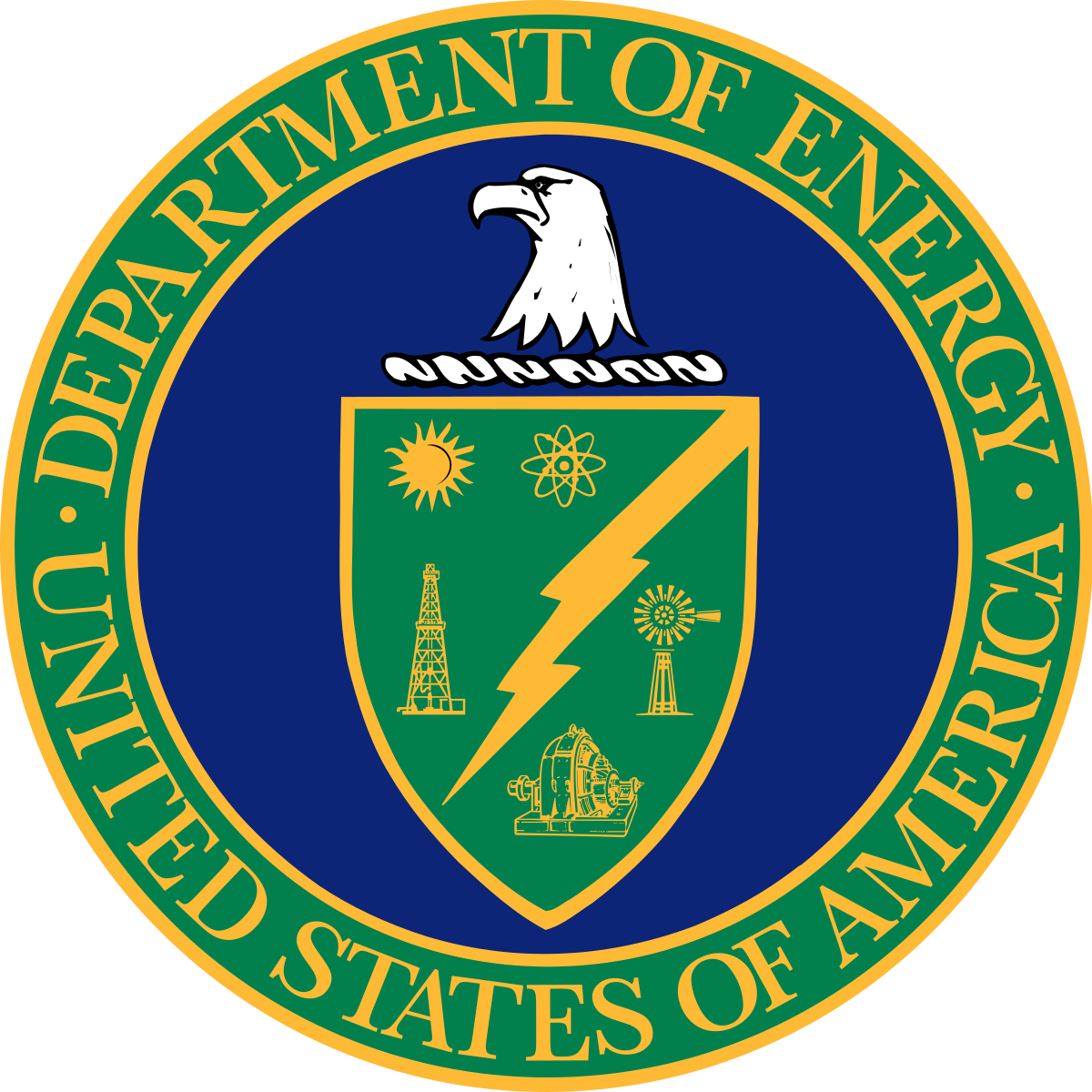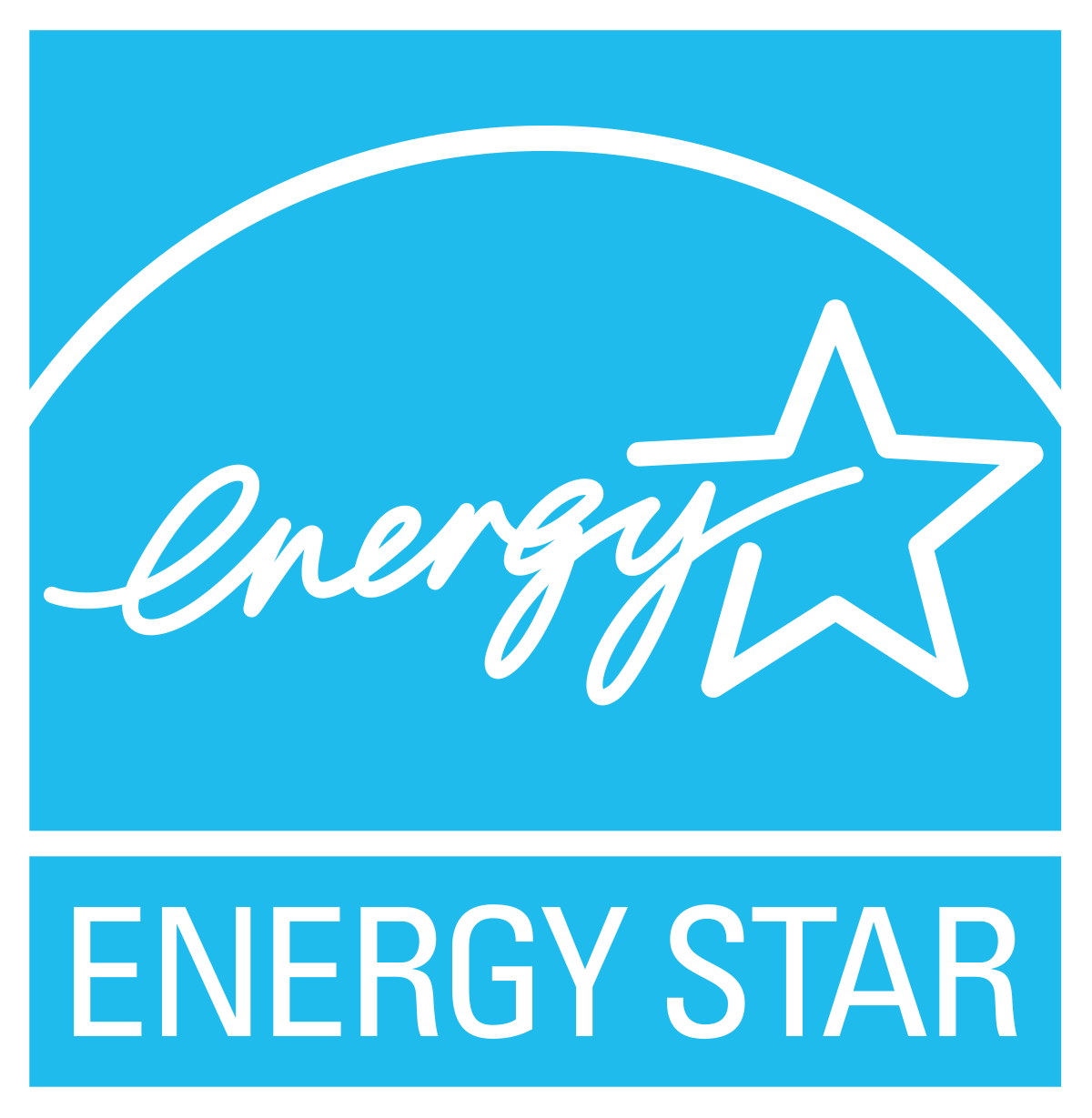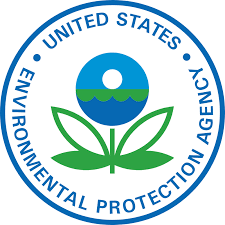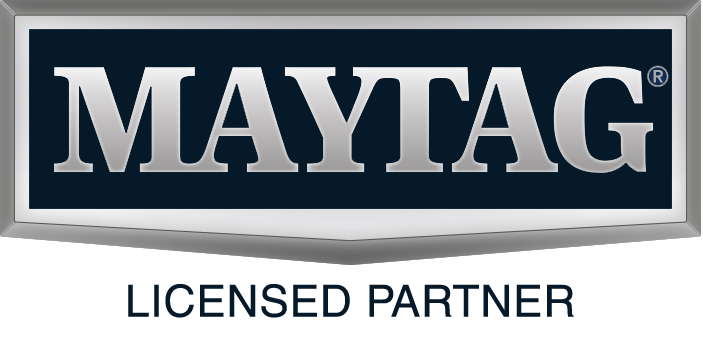The Department of Energy's (DOE) new minimum efficiency requirements will begin on January 1, 2023.
The Department of Energy’s (DOE) new minimum efficiency requirements will begin on January 1, 2023. The changes affect all newly manufactured residential and manufactured housing air conditioners and heat pumps. There are new, more stringent testing procedures to determine the SEER rating of units. The new testing methods more accurately reflect field conditions. The change in testing procedures will reduce efficiency ratings versus the current SEER, EER, and HSPF ratings. As such, new metrics and nomenclature were developed.
New Efficiency Standards
-
NOW
-
per - SEER
- EER
- HSPF
-
JANUARY 1, 2023
-
per - SEER2
- EER2
- HSPF2
Why Change Efficiency Regulations?
Every six years, the DOE evaluates current technology, its efficiency, and the cost of technology to determine the balance between price and environmental savings. The goal of the new requirements is to reduce energy usage. Under the new guidelines, consumers should see a reduction in their utility costs.
FAQ's
The new Energy Efficiency Ratings will reduce energy usage and utility bills.
Effective January 1, 2023, all contractors must sell equipment that meets the new DOE minimum efficiency standards.
See charts below.
Split Air Conditioners - 2023 Regional Standards
North Region
-
SYSTEM TYPE
-
per - Split System ACs (AC < 45K BTU)
- Split System ACs (AC > 45K BTU)
-
NORTH REGION
-
per - 2015 Minimum Rating 13.0 SEER
- 2015 Minimum Rating 13.0 SEER
-
NEW SEER
-
per - 14.0 SEER
- 14.0 SEER
-
NEW SEER2
-
per - 13.4 SEER2
- 13.4 SEER2
Southeast Region
-
SYSTEM TYPE
-
per - Split System ACs (AC < 45K BTU)
- Split System ACs (AC > 45K BTU)
-
SOUTHEAST REGION
-
per - 2015 Minimum Rating 14.0 SEER
- 2015 Minimum Rating 14.0 SEER
-
NEW SEER
-
per - 15.0 SEER
- 14.5 SEER
-
NEW SEER2
-
per - 14.3 SEER2
- 13.8 SEER2
Southwest Region
-
SYSTEM TYPE
-
per - Split System ACs (AC < 45K BTU)
- Split System ACs (AC > 45K BTU)
-
SOUTHWEST REGION
-
per - 2015 Minimum Rating 14.0 SEER & 12.2 SEER/11.7 EER***
- 2015 Minimum Rating 14.0 SEER & 12.2 SEER/11.7 EER***
-
NEW SEER
-
per - 15.0 SEER and 12.2 EER*
- 14.5 SEER and 11.7EER*
-
NEW SEER2
-
per - 14.3 SEER2 and 11.7 EER2**
- 13.8 SEER2 and 11.2 EER2**
Split System Heat Pumps
-
SYSTEM TYPE
-
per - Split System Heat Pumps
-
2015 SEER AND HSPF MINIMUM RATING
-
per - 14.0 SEER and 8.2 HSPF
-
NEW SEER2 AND HSPF2
-
per - 14.3 SEER2 and 7.5 HSPF2
Packaged Units
-
SYSTEM TYPE
-
per - Packaged Units
-
2015 SEER AND HSPF MINIMUM RATING
-
per - 14.0 SEER and 8.0 HSPF
-
NEW SEER2 AND HSPF2
-
per - 13.4 SEER2 and 6.7 HSPF2
Additional Resources

U.S. Department of Energy

EPA and DOE Energy Efficiency

U.S. Government's National Archives

U.S. Environmental Protection Agency

